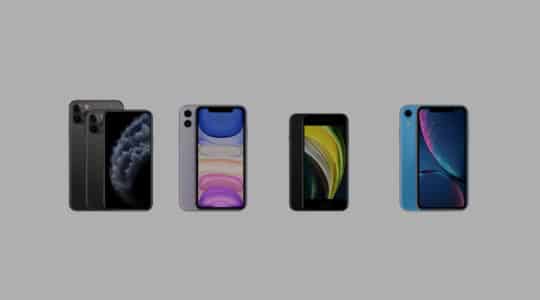
Mobile advertising has evolved over time with new formats and technologies to help marketers meet their campaign goals and reach new users. Video ads are becoming a standard for many marketers because it’s easier to convey a clear message and engage consumers.
Some mobile advertising companies have identified potential concerns about video and other ad formats and have built new solutions to combat those concerns. While video ads have the potential to create an engaging experience, some argue that it’s an inherently passive experience with no way to prove or measure engagement and that sometimes the video paints an exaggerated picture of the app, leading to disappointment after installing.
Companies like AdColony, Vungle, Supersonic, and Fyber have helped lead the market in mobile video advertising, which provides a rich and exciting experience for consumers. To combat the issue of a passive experience, marketers have begun displaying playable advertising — app demos which allow the user to interact with the app before installing it.
Here’s a playable ad from mNectar:
COC-Kabam from mNectar on Vimeo.
Playable Advertising — the Next Level of Video Ads
If a user sees this ad, they’ll be able to interact with it in real time. It’s like a mini game, and you can play it before making the decision to install it. This is great for marketers because with video ads they can track engagement with time elapsed, and with playable ads they can measure true engagement of their ad. Playable advertising naturally brings in higher-quality users who already understand your app and who have intent to continue using it.
Companies such as Google, mNectar, TreSensa, and CrossInstall have introduced playable ad products into the market that aim to combat questions about engagement, measurement, and transparency.
Google acquired Agawi in June 2015 and now offers their AppGlimpse streaming technology as Trial Run Ads, available first through the Google Display Network and now through their search product. mNectar also offers playable app streaming as their core technology, with options for interstitial and rewarded ad placements. Distinct from Google, mNectar can also build HTML5 experiences depending on an advertiser’s needs. Other companies such as TreSensa and CrossInstall offer playable ad experiences leveraging HTML5.
While these companies have different products with their own differentiators, they all provide a user flow that naturally filters for users who enjoyed the app experience and install the app with intent to continue interacting. The advent of playable advertising poses an interesting opportunity for advertisers who are searching for higher-quality installs and improving retention rates by acquiring the right kind of users. This format also provides an opportunity to measure exactly how engaged users are based on how far they make it through the ad. Playable ads cannot progress unless an interaction takes place, which is an advantage for marketers who are carefully measuring ad engagement.
As the competition for user acquisition continues to rise and engagement becomes more important to match high costs, innovative ad products will continue to emerge to meet marketers’ needs. At TUNE, we are excited to evolve with the market and help mobile marketers discover and measure new advertising channels.
Author
Becky is the Senior Content Marketing Manager at TUNE. Before TUNE, she handled content strategy and marketing communications at several tech startups in the Bay Area. Becky received her bachelor's degree in English from Wake Forest University. After a decade in San Francisco and Seattle, she has returned home to Charleston, SC, where you can find her strolling through Hampton Park with her pup and enjoying the simple things between adventures with friends and family.




Leave a Reply
You must be logged in to post a comment.